
Photography is more than just taking pictures; it’s about capturing moments, telling stories, and expressing oneself through the lens. With the rise of digital cameras and smartphones, photography has become more accessible than ever before. However, mastering the art of photography requires more than just technical know-how. It involves understanding composition, lighting, and the nuances of different photography genres. Whether you’re interested in portrait, landscape, wildlife, or street photography, there’s a style for everyone.
| Introduction |
|---|
| Introduction to Photography |
| Portrait Photography |
| Landscape Photography |
| Wildlife Photography |
| Street Photography |
| Macro Photography |
| Sports Photography |
| Architectural Photography |
| Event Photography |
| Fashion Photography |
| Travel Photography |
| Conclusion |
| FAQs |
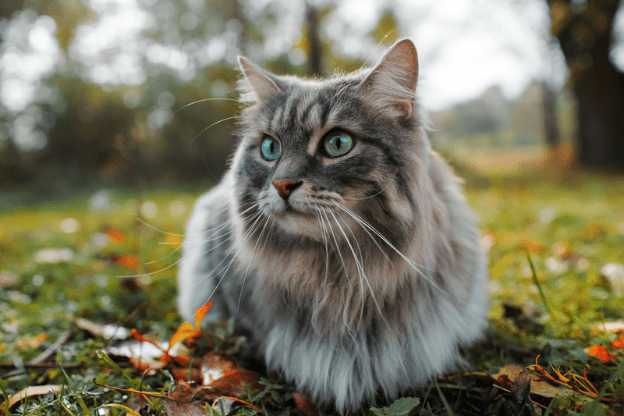
Portrait photography focuses on capturing the essence of a person or group of people. It involves taking headshots, full-body shots, or candid images that reveal the subject's personality. Portrait photographers often work in studios, but outdoor and environmental portraits are also popular. Mastering portrait photography requires understanding lighting, posing, and the ability to make subjects feel comfortable in front of the camera.
• Understand Lighting: Experiment with natural and artificial lighting to find what works best for your subject.
• Connect with Your Subject: Building rapport can help subjects relax and show their true selves.
• Practice Posing: Study different poses and learn how to direct your subjects for the best results.
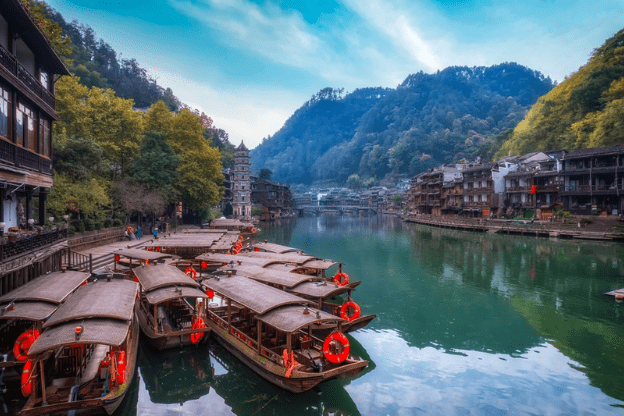
Landscape photography captures the beauty of the natural world, from majestic mountains to serene lakes and sprawling forests. This type of photography often involves traveling to different locations and waiting for the perfect light and weather conditions. Landscape photographers need to have a good understanding of composition, depth of field, and the use of filters to enhance their images.
• Scout Locations: Research and visit potential locations to find the best vantage points.
• Golden Hour: Shoot during the golden hour (early morning or late afternoon) for the best light.
• Use a Tripod: A tripod ensures stability and allows for long exposures.
Joining a photography course can help you understand the technical aspects of landscape photography and how to use your equipment effectively.
Read About: Landscape Photography Tips: Capturing the Great Outdoors.

Wildlife photography is all about capturing animals in their natural habitats. This type of photography requires patience, quick reflexes, and often a lot of time spent in the field. Wildlife photographers need to understand animal behavior and be able to work in various weather conditions.
• Know Your Subject: Study the behavior and habits of the animals you want to photograph.
• Be Patient: Wildlife photography often involves waiting for the perfect moment.
• Use the Right Gear: Invest in a good telephoto lens to capture detailed images from a distance.
Photography classes in Noida or other locations can provide you with the skills and knowledge needed to excel in wildlife photography.
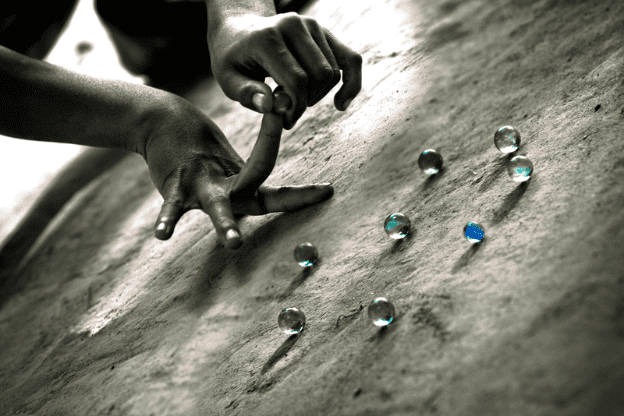
Street photography captures candid moments in public places. It's about documenting everyday life and the human condition. Street photographers often work with minimal equipment and must be quick and discreet to capture genuine moments.
• Be Observant: Always be on the lookout for interesting scenes and moments.
• Blend In: Dress inconspicuously and use a small camera to avoid drawing attention.
• Respect Privacy: Be mindful of people’s privacy and ask for permission when necessary.
Joining a photography institute can offer insights into the ethics and techniques of street photography, helping you become a more effective and respectful photographer.
Read About: The Basics of Camera Settings: Aperture, Shutter Speed, ISO
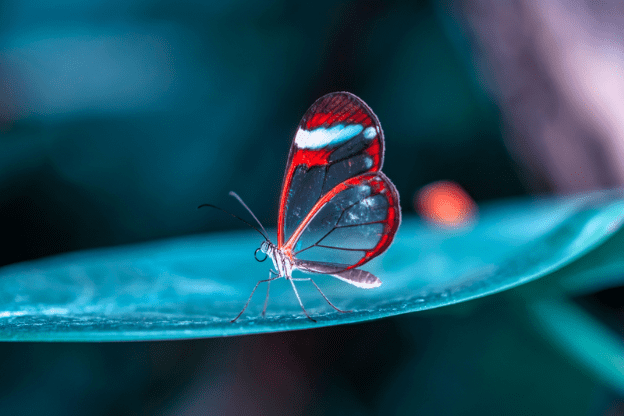
Macro photography involves capturing small subjects up close, revealing details that are often invisible to the naked eye. This type of photography is popular for photographing insects, flowers, and other small objects. Macro photographers need to have a good understanding of focus, depth of field, and lighting.
• Use a Macro Lens: Invest in a dedicated macro lens for the best results.
• Focus Carefully: Ensure your subject is in sharp focus, as even slight movements can affect the image.
• Control the Lighting: Use diffused lighting to avoid harsh shadows and highlights.
Photography classes for beginners often cover macro photography techniques, providing you with the foundational skills needed to get started.
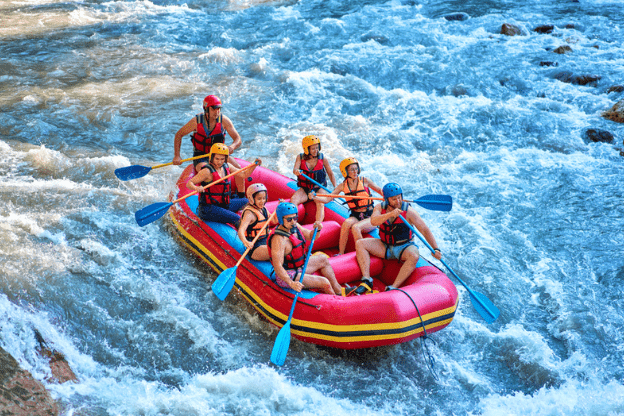
Sports photography involves capturing fast-paced action and the emotions of athletes and spectators. This type of photography requires quick reflexes, a good understanding of the sport, and the ability to anticipate key moments.
• Know the Sport: Understanding the rules and flow of the sport can help you anticipate important moments.
• Use Fast Shutter Speeds: Capture sharp images of fast-moving subjects by using fast shutter speeds.
• Get the Right Angle: Position yourself in a spot where you can capture the best action.
Enroll in a photography course that specializes in sports photography to learn how to capture the excitement and intensity of sporting events.
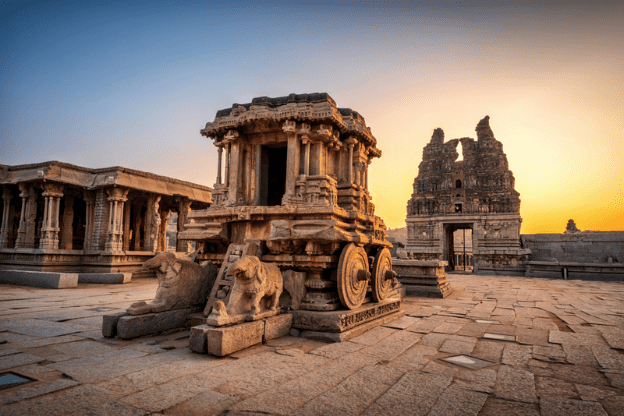
Anurag Kashyap is known for his gritty, realistic portrayal of contemporary India. His films, such as Gangs of Wasseypur and Black Friday, push the boundaries of conventional Bollywood cinema. Kashyap's fearless exploration of dark themes and his unique narrative style have made him a standout director in modern Indian cinema.
• Use a Tripod: Ensure stability and sharpness, especially in low-light conditions.
• Play with Angles: Experiment with different angles to find the most compelling perspective.
• Control Distortion: Use a tilt-shift lens or post-processing to correct lens distortion.
Photography institutes often offer specialized courses in architectural photography, teaching you how to capture the beauty and intricacy of architectural designs.
Read About: 6 Key Reasons Why Our Photography Course Will Elevate Your Skills

Event photography involves capturing moments at weddings, parties, corporate events, and other gatherings. Event photographers need to be skilled in various types of photography, including portrait, candid, and action shots, to document the event comprehensively.
• Be Prepared: Have a plan and understand the event schedule to capture key moments.
• Work Quickly: Be able to move and adjust settings quickly to capture fleeting moments.
• Engage with Guests: Make people feel comfortable to capture natural, candid shots.
Taking photography classes in Noida or your local area can help you develop the skills needed for successful event photography, including how to work with different lighting conditions and environments.

Fashion photography is all about capturing clothing, accessories, and models in a visually appealing way. This type of photography often involves working with designers, models, makeup artists, and stylists to create a cohesive look.
• Understand Fashion Trends: Stay updated with the latest trends and styles in the fashion industry.
• Work with a Team: Collaborate with stylists and models to achieve the desired look.
• Experiment with Lighting: Use different lighting setups to create mood and highlight the clothing.
Joining a photography institute that offers fashion photography courses can provide you with the knowledge and experience needed to excel in this glamorous field.
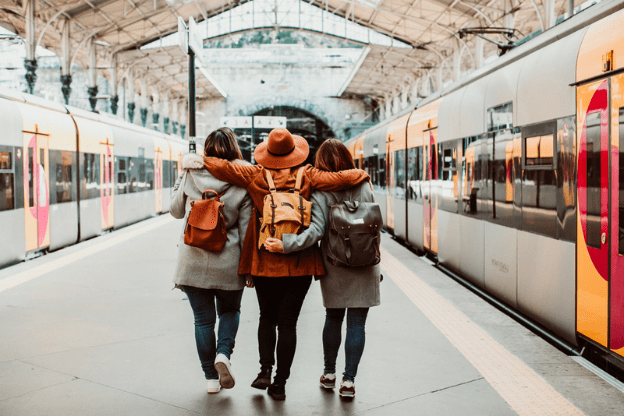
Travel photography involves documenting your journeys and the places you visit. This type of photography combines elements of landscape, street, and portrait photography to tell a story about the destination.
• Plan Ahead: Research your destination and plan your shots to make the most of your trip.
• Pack Light: Travel with minimal gear to stay mobile and versatile.
• Capture the Culture: Focus on the people, food, and traditions that make the place unique.
Read About: Here's a step-by-step guide on how to use natural light in your Still Photography
Choosing which type of photography to master depends on your interests and passion. Whether you're drawn to the excitement of sports photography or the tranquility of landscape photography, there’s a genre for everyone. Enrolling in a photography course or joining a photography institute can help you develop your skills and find your niche. For those just starting, photography classes for beginners can provide a solid foundation and help you discover what type of photography excites you the most. Explore, experiment, and most importantly, enjoy the journey of capturing the world through your lens.
Portrait photography is often recommended for beginners because it teaches essential skills such as lighting, composition, and posing. Taking photography classes for beginners can provide a strong foundation in this genre.
Improving landscape photography skills involves practicing composition, understanding light, and being patient. Joining a photography course can provide valuable insights and hands-on experience.
For wildlife photography, a good telephoto lens is essential to capture detailed images from a distance. Additionally, a sturdy tripod and understanding of animal behavior are crucial.